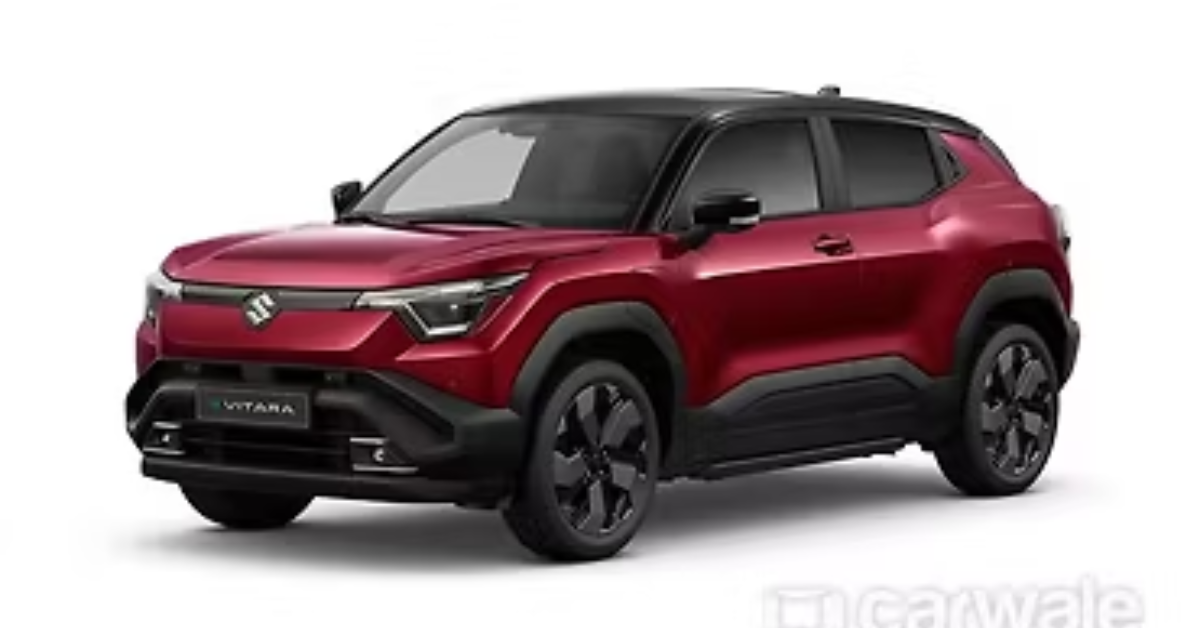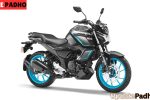The Indian automobile market has been abuzz with anticipation for the Maruti e Vitara, the brand’s first fully electric SUV. Touted as one of the most significant launches in the Indian EV segment, the e Vitara promised to bring affordability, practicality, and the trust of Maruti Suzuki under one roof. However, in a recent development, the much-awaited launch has been postponed, leaving enthusiasts and potential buyers curious about the new timeline and the reasons behind the delay.
In this blog, we take a detailed look at the reasons for the delay, the revised launch schedule, expected features, and what this move means for the future of electric mobility in India.
Why Was the Maruti e Vitara Launch Delayed?
Several factors may have contributed to the postponement of the e Vitara’s launch. While Maruti Suzuki has not officially disclosed all reasons, industry reports and market trends suggest a combination of the following:
- Battery Supply Challenges
- Global supply chain disruptions have impacted the sourcing of EV batteries.
- Maruti, in partnership with Toyota, has been working on ensuring a consistent and localized battery supply, which might have taken longer than expected.
- R&D and Safety Testing
- Since this is Maruti’s first fully electric SUV, the company is leaving no stone unturned in testing for safety, performance, and real-world range.
- The postponement could mean more rigorous testing, which ultimately benefits customers.
- Market Readiness
- While the EV market is growing in India, infrastructure such as fast-charging networks is still in development.
- Maruti may have postponed the launch to align better with the upcoming expansion of EV charging infrastructure.
- Competition and Pricing Strategy
- With rivals like Tata, Mahindra, and Hyundai aggressively expanding their EV portfolios, Maruti could be fine-tuning its pricing and feature list to ensure the e Vitara remains competitive.
The New Expected Timeline
According to industry insiders, the Maruti e Vitara is now expected to launch in early 2026, instead of its previously anticipated mid-2025 debut. The company is likely using this extra time to refine the product, ensuring that it meets both customer expectations and regulatory requirements.
While the delay may be disappointing for eager buyers, it also suggests that Maruti wants to make sure its first EV offering is nothing short of reliable, practical, and value-driven—qualities that have defined the brand’s success in India.
What to Expect from the Maruti e Vitara
Even with the launch delayed, several details about the e Vitara have surfaced, giving us a fair idea of what the SUV will offer.
1. Design and Styling
- The e Vitara is expected to borrow heavily from the current Grand Vitara design but with unique EV-specific touches.
- Closed front grille, blue accents, and aerodynamic elements will distinguish it from its petrol and hybrid siblings.
- LED lighting elements, alloy wheels, and a futuristic dashboard design are also expected.
2. Battery and Range
- A lithium-ion battery pack with multiple capacity options may be offered.
- Expected driving range: 350–500 km per charge, depending on the variant.
- DC fast charging compatibility should enable 80% charge in under an hour.
3. Performance
- 0–100 km/h acceleration is expected in under 10 seconds, making it quicker than most entry-level EVs.
- Smooth torque delivery and refined driving dynamics, thanks to Maruti’s partnership with Toyota’s EV tech.
4. Interior and Features
- A large touchscreen infotainment system with connected car technology.
- Wireless Apple CarPlay and Android Auto.
- Digital instrument cluster and premium upholstery.
- Advanced safety features including 6 airbags, ABS with EBD, ESP, and possibly ADAS Level 2.
5. Pricing and Variants
- The expected price range is ₹15–20 lakh (ex-showroom), placing it in direct competition with Tata Nexon EV, Mahindra XUV400, and upcoming Hyundai EVs.
- Multiple variants could be launched to target both budget-conscious and premium buyers.
Impact of the Delay on Buyers
The postponement of the Maruti e Vitara launch may feel like a setback, but it could be beneficial in the long run:
- Better Product Quality – More testing and R&D time mean customers will likely receive a safer, more reliable EV.
- Improved Infrastructure – By the time of launch, India’s EV charging ecosystem will be more robust, making ownership more convenient.
- Stronger Competition – Maruti’s delay may also allow it to analyze rival EV offerings and adjust pricing/features accordingly, giving buyers better value.
The Bigger Picture: Maruti Suzuki’s EV Strategy
Maruti Suzuki has been slower than rivals in adopting EV technology, but it has a clear strategy:
- Focus on hybrids and CNG as transitional technologies.
- Develop strong EV models in partnership with Toyota.
- Localize battery production to ensure affordability.
The e Vitara is expected to be the flagship EV from Maruti, with smaller and more affordable EVs to follow soon after. This approach may help Maruti retain its dominance in the Indian auto market, even in the electric era.
Conclusion
The delay in the Maruti e Vitara launch might be disappointing for EV enthusiasts, but it signals Maruti Suzuki’s commitment to delivering a product that lives up to expectations. With a new timeline set for early 2026, buyers can look forward to a well-tested, feature-packed, and competitively priced electric SUV that could transform India’s EV market.



